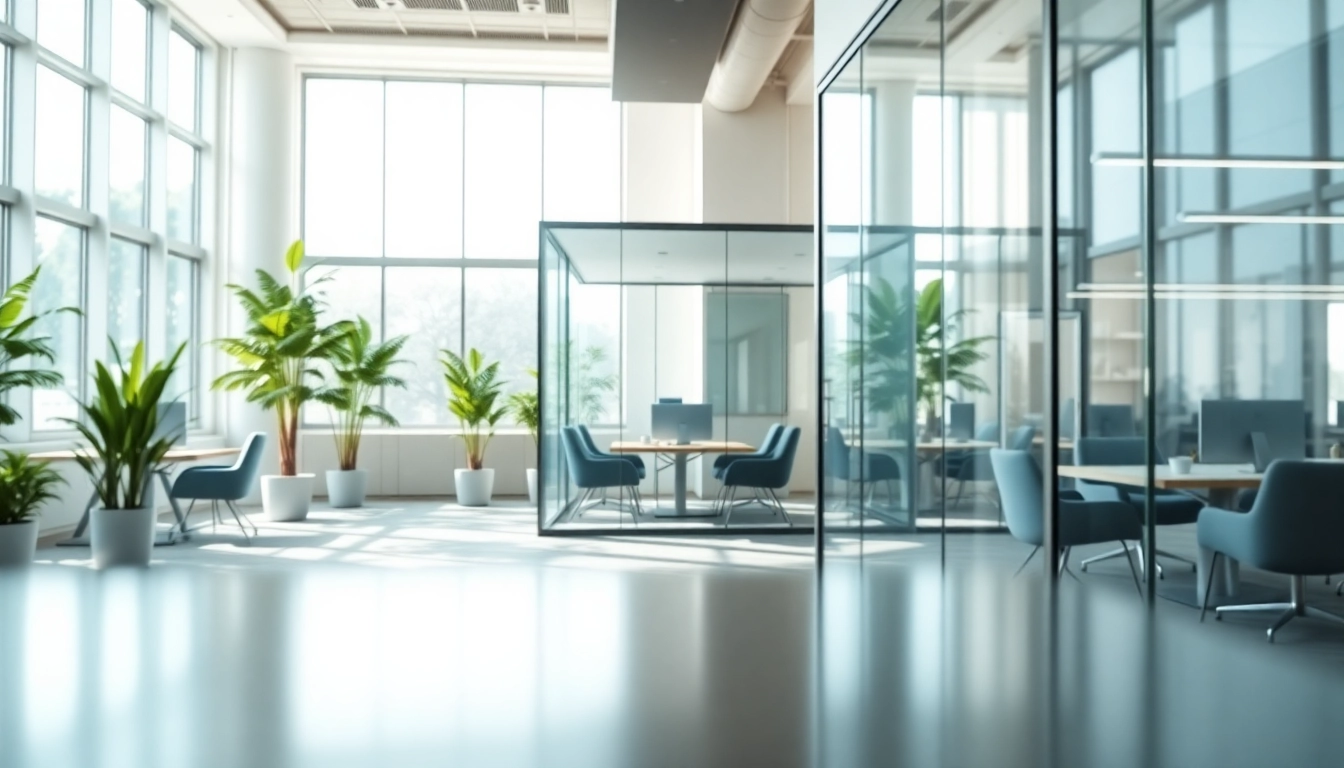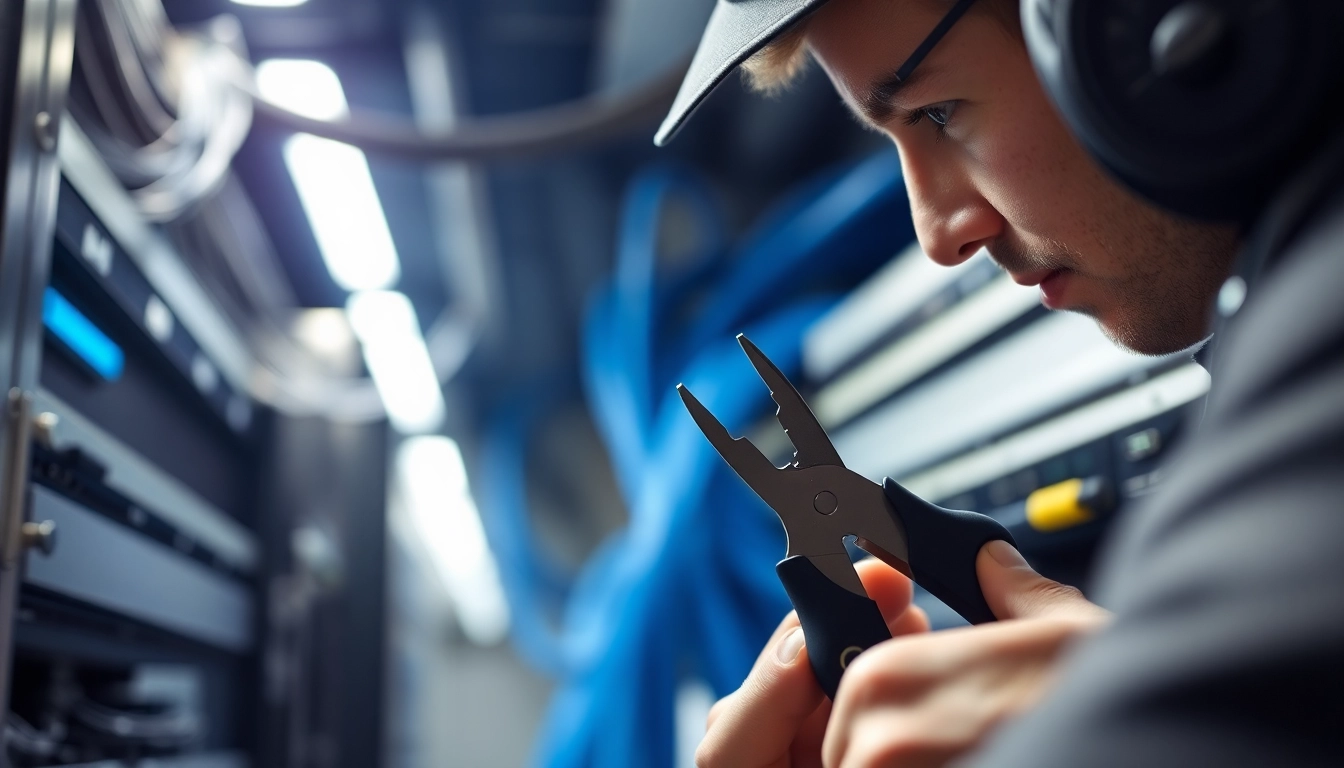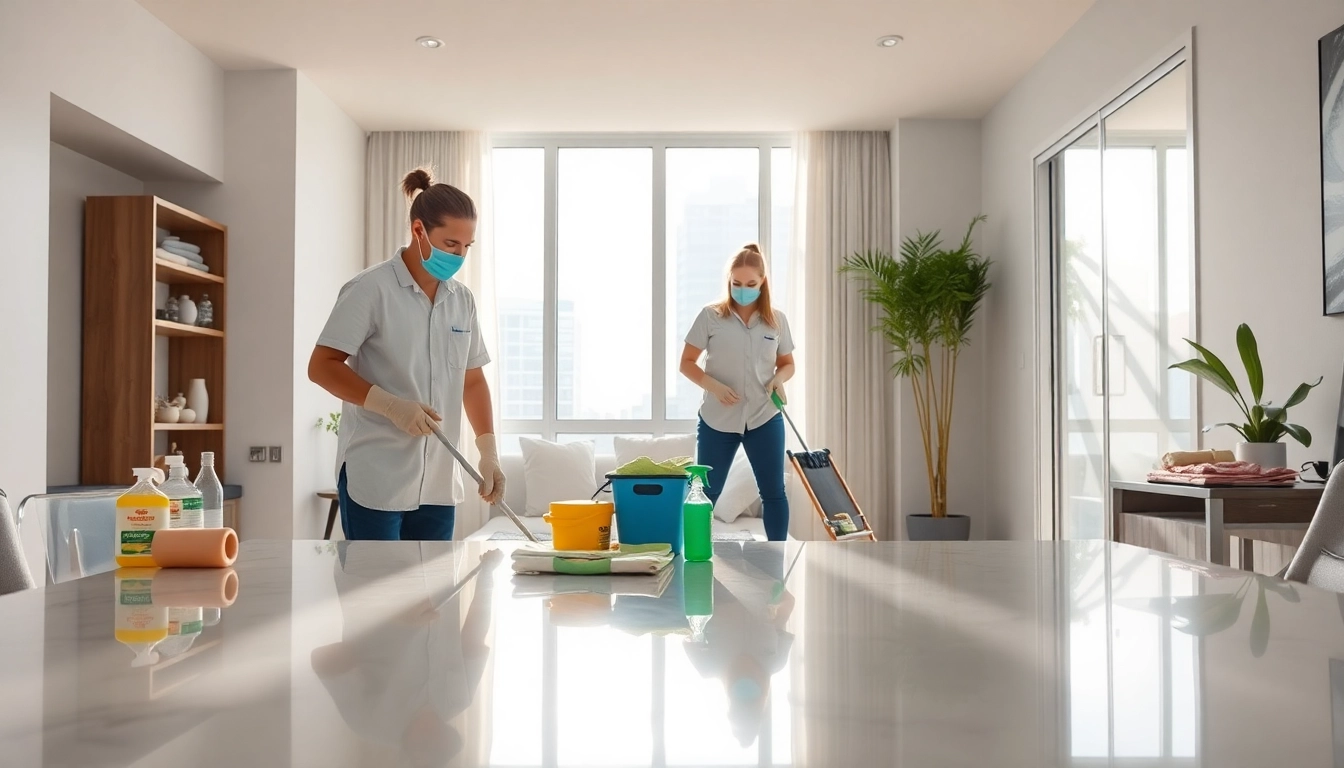Understanding Movable Glass Partitions
What Are Movable Glass Partitions?
Movable glass partitions are innovative space solutions designed to provide flexibility and openness in various environments. Unlike traditional fixed walls, these partitions are often composed of lightweight glass panels that can be adapted or moved according to the specific needs of a space. Typically operated by a simple sliding mechanism or folding system, these partitions allow for the rapid reconfiguration of areas, making them ideal for dynamic settings like offices, hotels, and educational institutions. The movable glass partitions can range from completely transparent to frosted or patterned, presenting not only functional benefits but also aesthetic appeal.
Advantages of Using Movable Glass Partitions
- Flexibility: The central advantage of movable glass partitions is their ability to transform spaces. Instead of committing to a fixed layout, organizations can adapt spaces to changing needs swiftly.
- Sound Control: Many movable glass partitions are engineered with soundproofing in mind, providing sufficient sound isolation, essential in office environments for privacy and focus.
- Natural Light and Openness: Utilizing glass partitions can enhance the flow of natural light in a workspace, creating a more inviting atmosphere than traditional walls.
- Cost Efficiency: Over time, movable glass partitions can be a cost-effective solution since they eliminate the need for extensive construction and can be reused or reconfigured as situations change.
- Aesthetic Appeal: These partitions enhance the appearance of a space, giving it a modern and sophisticated look, thereby increasing real estate value.
Common Materials and Designs
Movable glass partitions are available in various designs and materials. Commonly used materials include tempered safety glass for durability and laminated glass for added insulation. Designs vary significantly, from framed models that offer a classic aesthetic to frameless versions that provide a sleek and modern look. Some partitions even involve smart glass technology, allowing the glass to switch from transparent to opaque with the flip of a switch, adding an element of privacy and control.
Applications of Movable Glass Partitions in Various Settings
Corporate Office Environments
In corporate settings, movable glass partitions can facilitate the creation of open spaces, promoting collaboration while still providing options for private meetings. Companies can design multifunctional areas that serve as both informal meeting spots and more formal spaces by deploying these partitions. For example, during a brainstorming session, panels can be shifted to create a communal space, while during stronger direct engagements, the partitions can be used to create secluded meeting rooms.
Retail and Hospitality Spaces
In retail and hospitality environments, the aesthetic value of movable glass partitions can create an upscale experience for customers. Hotels can utilize these partitions to transform large conference rooms into smaller sections, adapting the size to the specific needs of events. Retailers use similar strategies to create pop-up experiences or shift product displays—making the customer journey more engaging while keeping operational costs low.
Educational and Training Facilities
Educational institutions benefit greatly from movable glass partitions by enabling dynamic learning environments. Classrooms can be transformed to facilitate group work or large lectures, accommodating varying teaching methods. Additionally, training facilities can quickly adapt to different group sizes, enhancing the learning experience without the need for structural changes.
Installation Process for Movable Glass Partitions
Planning and Design Considerations
Before installation, careful planning is crucial. Consider the layout of the space, the purpose of the partitions, and the flow of traffic within the area. Working with architects and designers, organizations must decide where these partitions will be most effective, ensuring that they align with overall mobility and aesthetics. Local building codes and regulations regarding glass use also need consideration to ensure compliance.
Installation Steps for Optimal Performance
- Preparation: Clear the installation area and prepare the necessary tools and materials.
- Framework Setup: If applicable, begin with the installation of the supporting framework and tracks that will allow the glass panels to slide or fold.
- Glass Panel Installation: Carefully insert the glass panels into the selected tracks. Ensure each panel is securely attached and level.
- Finishing Touches: Check and install any additional features, like seals for soundproofing or electronic components for smart glass options.
- Final Testing: Test the movement of each panel to ensure they operate smoothly and meet the desired performance standards.
Maintenance Tips for Longevity
To ensure the longevity of movable glass partitions, regular maintenance is essential. Routine cleaning of the glass surfaces prevents dirt and fingerprints from diminishing their aesthetic appeal. It’s also important to periodically check the tracks and mechanisms for potential obstructions or wear, addressing any issues promptly to avoid costly repairs. Additionally, consult manufacturer guidelines for specific maintenance recommendations related to the materials used in the partitions.
Performance Comparison: Movable Glass Partitions vs. Traditional Walls
Sound Control and Acoustics
When compared to traditional drywall, movable glass partitions have a distinct advantage in sound control. Many systems are designed with acoustic ratings that meet or exceed those of traditional constructions, ensuring privacy in both corporate and public spaces. For example, the Luminous Stella glass walls highlighted by industry leaders provide sound control ratings of up to 50 STC, proving effective in maintaining quiet environments in high-activity areas.
Light Accessibility and Environment
Natural light is a significant factor in modern office design, and movable glass partitions facilitate this by allowing light to flow uninterrupted from one space to another. Unlike traditional walls that can create dark, enclosed environments, glass options promote a brighter atmosphere, positively impacting employee morale and productivity. Spaces utilizing movable glass often feel more expansive compared to their closed-off counterparts.
Space Optimization Features
Movable glass partitions excel in optimizing space utilization. Unlike traditional walls, they can be moved or folded away, creating varied layouts suitable for different types of functions or gatherings without necessitating renovations. This adaptability allows spaces to serve dual purposes and promotes more efficient use of available square footage, essential in today’s real estate constraints.
Future Trends in Movable Glass Partition Design
Innovations in Technology and Materials
The future of movable glass partitions is heavily influenced by ongoing innovations in technology and materials. Smart glass panels can change opacity on demand, while advanced framing materials reduce overall weight without compromising strength. Sustainability is also a crucial consideration, pushing manufacturers to seek eco-friendly materials that lower environmental impact throughout the production process.
Sustainable Practices in Partition Production
Sustainability is becoming increasingly important in all sectors, and the partition industry is no exception. Companies are more frequently adopting green manufacturing practices, such as utilizing recyclable materials and energy-efficient production methods. This shift not only helps the environment but also appeals to eco-conscious consumers and organizations looking to improve their overall environmental footprint.
Customization and Personalization in Modern Interiors
As the demand for personalized spaces increases, so does the trend toward customized movable glass partitions. Designers are now able to offer bespoke solutions that cater to the unique aesthetics and functionality required by clients. This level of personalization ensures that partitions do more than just divide spaces—they complement the overall design narrative of the environment they inhabit.



